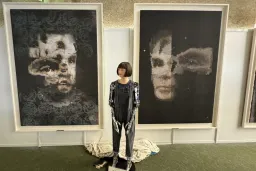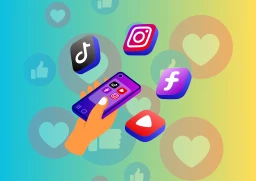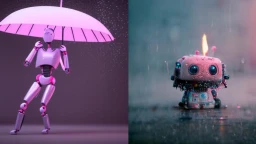How to Protect Yourself from Deepfakes?
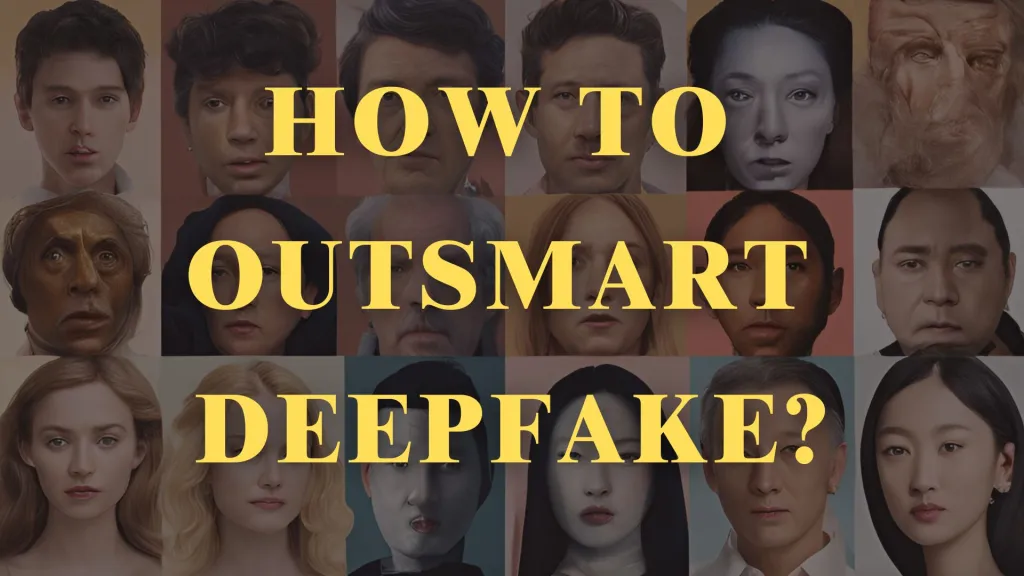
Deepfakes are an exciting yet concerning application of artificial intelligence (AI) and machine learning (ML). This technology uses advanced algorithms to create hyper-realistic media, like videos or images, of people doing or saying things they never actually did. While deepfakes have incredible potential in fields like art, entertainment, and education, they also bring risks like misinformation, identity theft, and fraud.
If you’re someone who’s into tech or AI creativity, it’s crucial to understand how deepfakes work, the dangers they pose, and how you can stay ahead of the curve.
What Are Deepfakes?
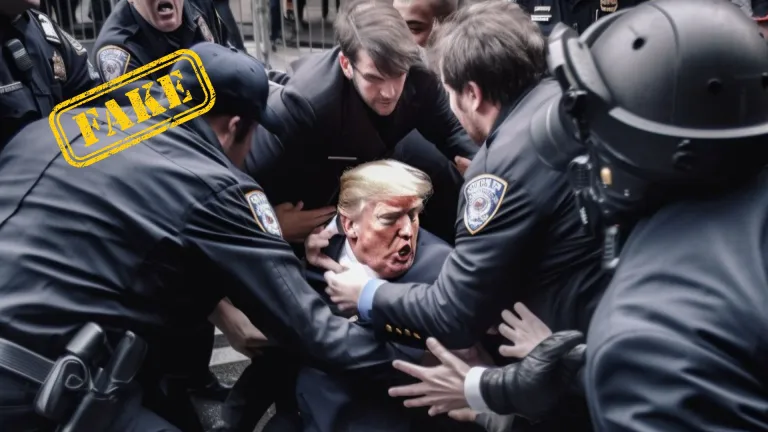
Observe the above image, you can see Donald Trump being arrested by the cops, resisting as they try to take him in. But here's the catch; all of this is generated using AI. Now, imagine a whole video like this. Scary, right? This is a clear example of a deepfake.
Deepfakes are powered by deep learning, especially Generative Adversarial Networks (GANs). GANs pit two neural networks against each other to create realistic content by training on massive datasets of images, videos, or audio.
Here’s how they’re commonly used:
Videos: Making someone appear to say or do something they never did.
Audio: Replicating someone’s voice convincingly.
Images: Generating fake photos, often used for scams or online impersonations.
For fans of AI art, think of this as the same magic that powers creative tools like generative art models, but taken to a whole new (and sometimes alarming) level.
Also read: Kling AI Tutorial: How to create AI videos from photos?
Why Are Deepfakes a Problem?
Spreading Fake News
Deepfakes are increasingly used to create false narratives that go viral before anyone can verify them.Fraud and Scams
Cybercriminals use deepfake voices or videos to impersonate people for financial crimes, like tricking companies into wiring money.Reputation Damage
A convincing fake video could ruin someone’s personal or professional life in minutes.Identity Theft
With enough public data, someone could fake your likeness or voice to break into accounts or steal sensitive information.
How to Spot a Deepfake
Tech enthusiasts, your attention to detail can help you recognize deepfakes. Here’s what to look for:
Awkward Facial Movements
Watch for odd blinking, unnatural expressions, or stiff head movements.Audio Mismatch
Does the voice sync perfectly with the lips? If not, it might be a fake.Artifacts or Glitches
Look for blurry edges, inconsistent lighting, or strange distortions, especially around the face.Too Perfect to Be True
If a video or image looks eerily flawless or surreal, question its authenticity.Metadata and Source
Use tools to inspect metadata or confirm if the content came from a reliable source.
Protecting Yourself from Deepfakes
Staying safe doesn’t require advanced skills; just a mix of tech-savviness and good practices:
Double-Check Sources
Always verify where a video or image comes from, especially if it seems shocking or out of character.Use Detection Tools
Apps like Deepware Scanner, Sensity, or InVID can help you flag manipulated content.Protect Your Online Presence
Avoid oversharing personal videos and images on public platforms.
Tighten privacy settings on social media.
Think twice before posting sensitive content.
Spread Awareness
Share what you learn about deepfakes with friends, family, and your community. The more people know, the harder it is for bad actors to exploit this tech.Support AI Transparency
Advocate for clearer regulations and accountability for those who misuse AI.Enable Two-Factor Authentication (2FA)
Secure your accounts with 2FA to prevent unauthorized access.Stay Skeptical
If something looks or sounds too extreme, investigate before sharing.
Also read: Why AI Struggles to Draw Hands and Fingers? - Explained
The Role of AI in Fighting Deepfakes
Interestingly, the same AI that powers deepfakes is also helping us combat them. Detection tools use machine learning to identify the tiny patterns and flaws in manipulated media. Platforms like Facebook, YouTube, and Twitter are also cracking down on deepfake content with new policies and automated detection systems.
For those of you who enjoy exploring AI tools and art, think of these advancements as the flipside of creativity: using tech not just for creation, but for protection and trust-building.
What to Do If You’re Targeted by a Deepfake
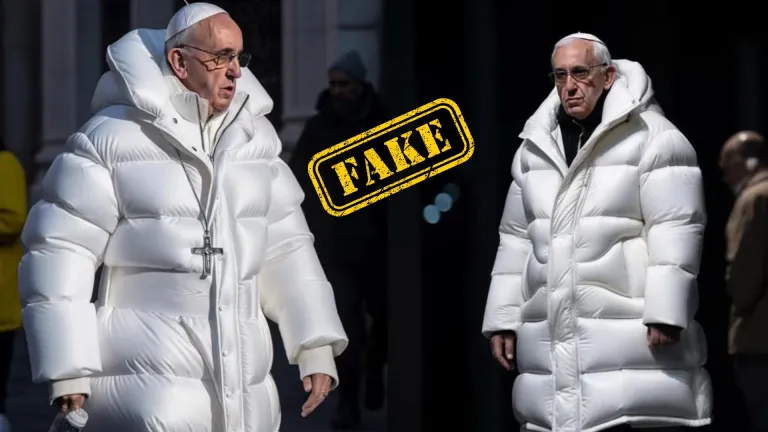
If you suspect someone has created a deepfake of you, here’s what you should do:
Save Evidence
Take screenshots or download the content and document where it appeared.Report It
Notify the platform hosting the content and file a complaint.Contact Law Enforcement
Reach out to authorities or cybercrime specialists for help.Seek Legal Advice
Consider consulting a lawyer for defamation or privacy violation claims.
Also read: Meta Introduces AI Labels to Combat Misinformation on Social Media
Looking Ahead: The Future of Deepfakes
As deepfake technology becomes more advanced, so will detection and prevention methods. Staying informed and embracing new tools will be key to navigating this landscape safely.
For tech enthusiasts, this is a reminder that AI is both a tool and a responsibility. Whether you’re creating stunning AI art or enjoying its innovations, keep an eye on how this technology is evolving and its impact on society.
Stay curious, stay informed, and stay ahead of the deepfake game!




